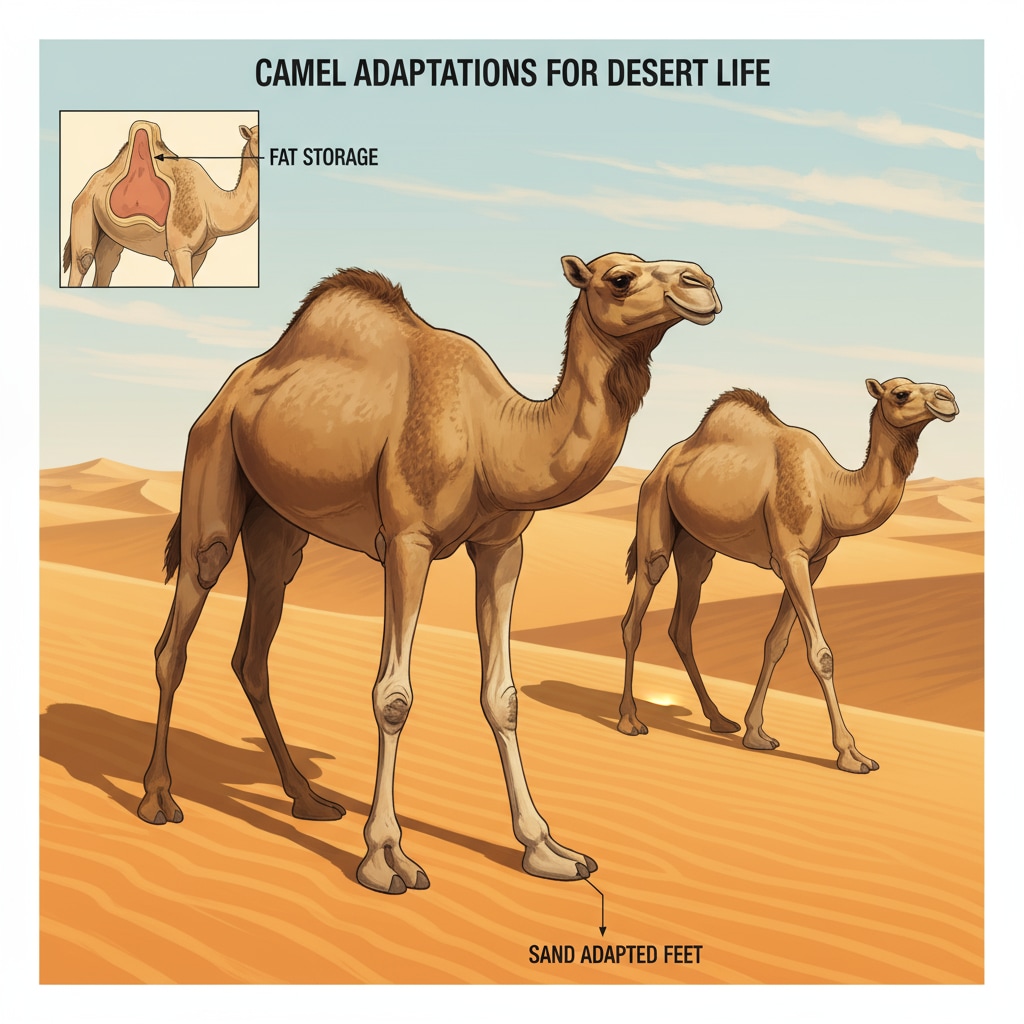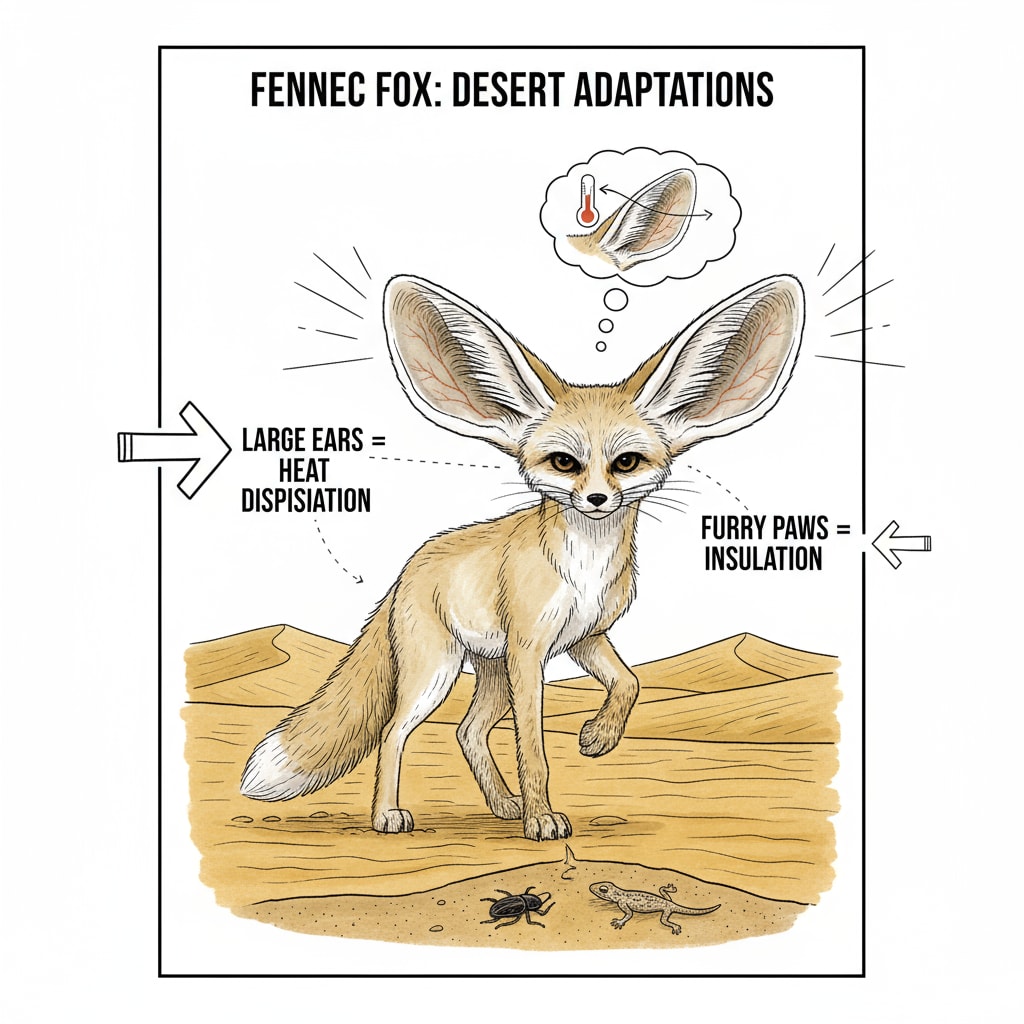Desert animals, with their remarkable survival adaptations and evolutionary traits, are a captivating subject in the realm of biology. In the harsh and unforgiving desert environment, these creatures have developed unique ways to thrive.

These adaptations not only allow them to endure extreme heat, scarce water, and limited food resources but also offer valuable insights into the wonders of evolution. Incorporating these biological marvels into K12 science education can significantly enhance students’ understanding of the natural world and ignite their passion for scientific exploration.
The Wonders of Desert Animal Adaptations
Desert animals have evolved a plethora of physical and behavioral adaptations. For example, the fennec fox has large ears that serve multiple purposes. They help in dissipating heat, acting as natural radiators, and also enhance the fox’s hearing ability to detect prey underground. Another fascinating example is the kangaroo rat. It can survive without drinking water for its entire life, obtaining all the necessary moisture from the seeds it consumes. This incredible adaptation is a testament to the remarkable ways desert animals have adapted to their arid surroundings. Desert animals on Wikipedia

Evolutionary Traits Shaping Desert Life
The evolutionary traits of desert animals are the result of millions of years of natural selection. These traits have been refined to optimize survival in the desert. Camels, for instance, have long legs that keep their bodies elevated from the hot desert sand, reducing heat absorption. Their humps store fat, which can be metabolized into water and energy during long periods without food or water. Such evolutionary adaptations have enabled camels to become icons of the desert, perfectly suited to traverse its vast expanse. Desert animals on Britannica
In conclusion, the survival adaptations and evolutionary traits of desert animals are not only a source of scientific wonder but also a valuable educational resource. By introducing these concepts in K12 science classrooms, we can inspire the next generation of scientists, fostering their curiosity, ecological awareness, and scientific thinking skills. Understanding these biological marvels helps us appreciate the delicate balance of nature and the incredible resilience of life in even the most challenging environments.
Readability guidance: Short paragraphs and lists are used to summarize key points. Each H2 section provides a list of examples. Passive voice and long sentences are controlled. Transition words are scattered throughout the text to enhance flow.


